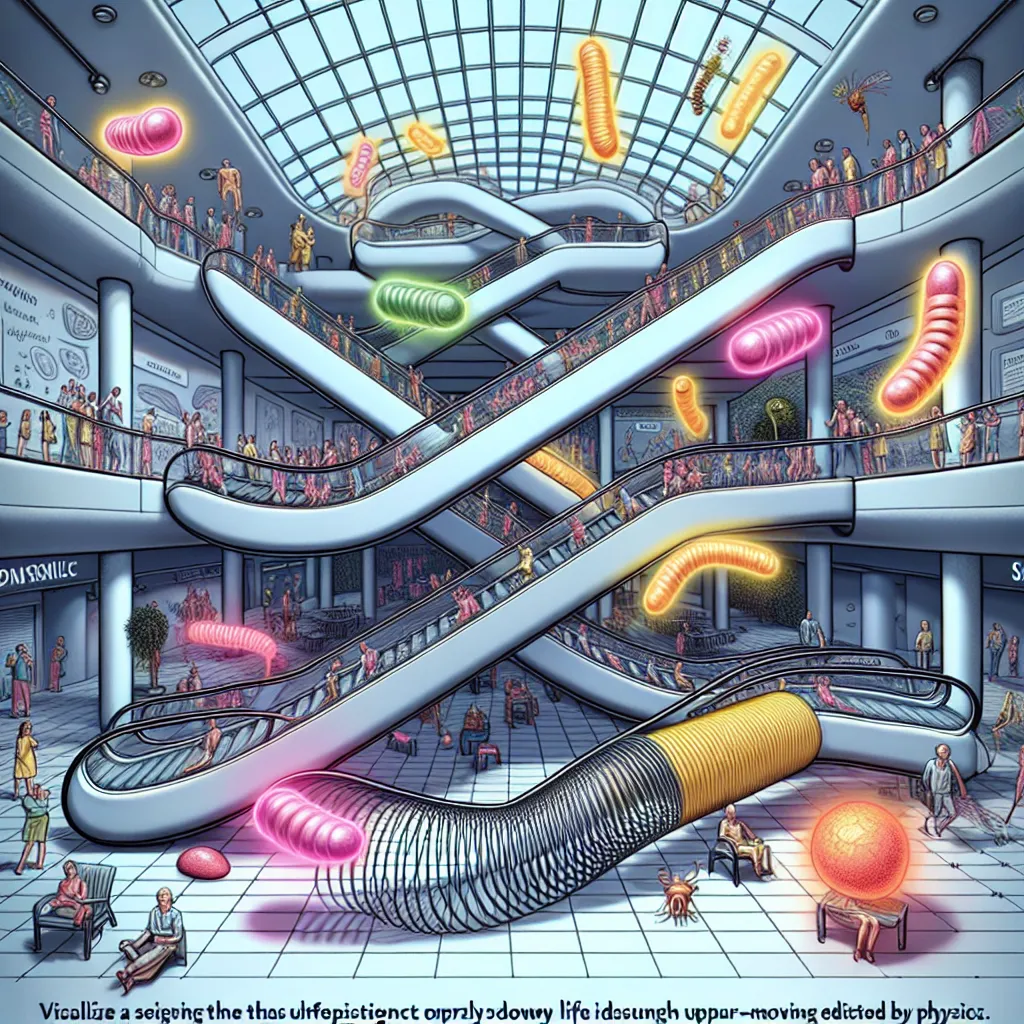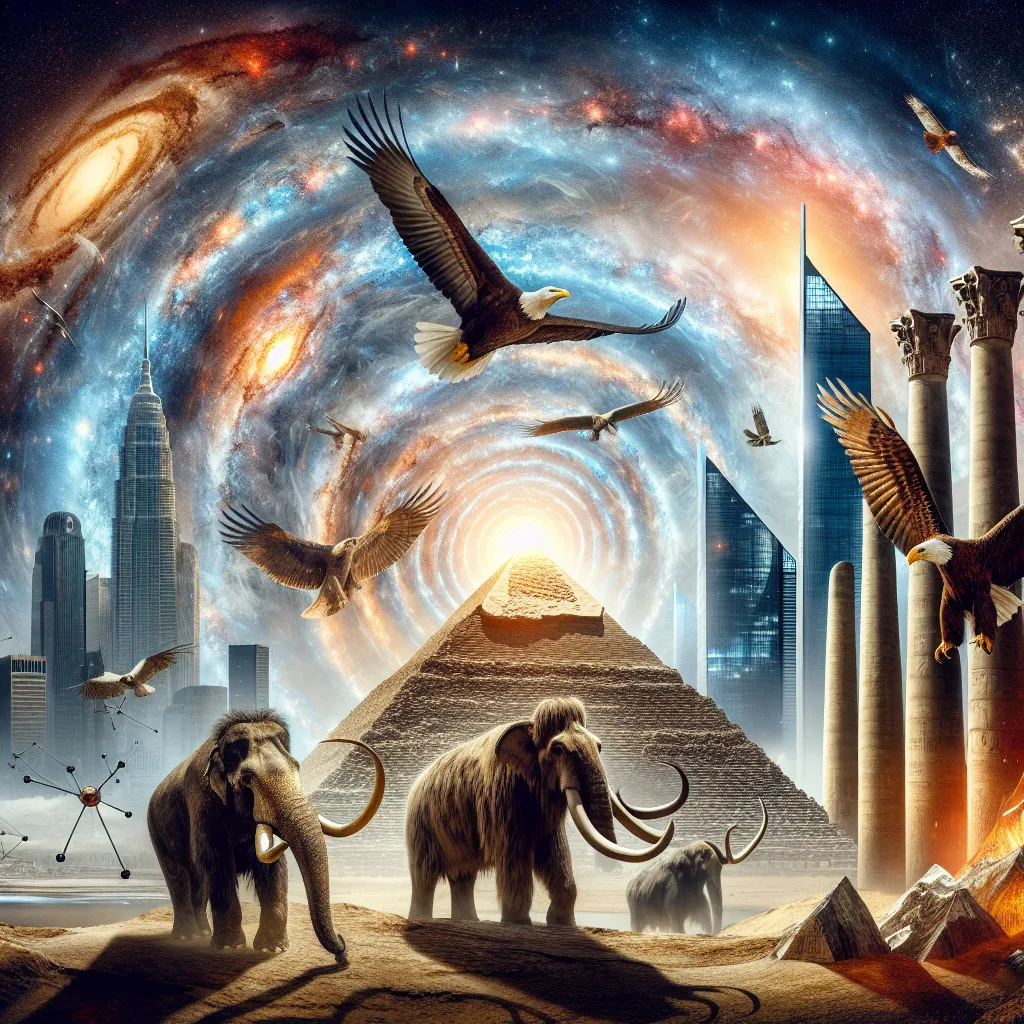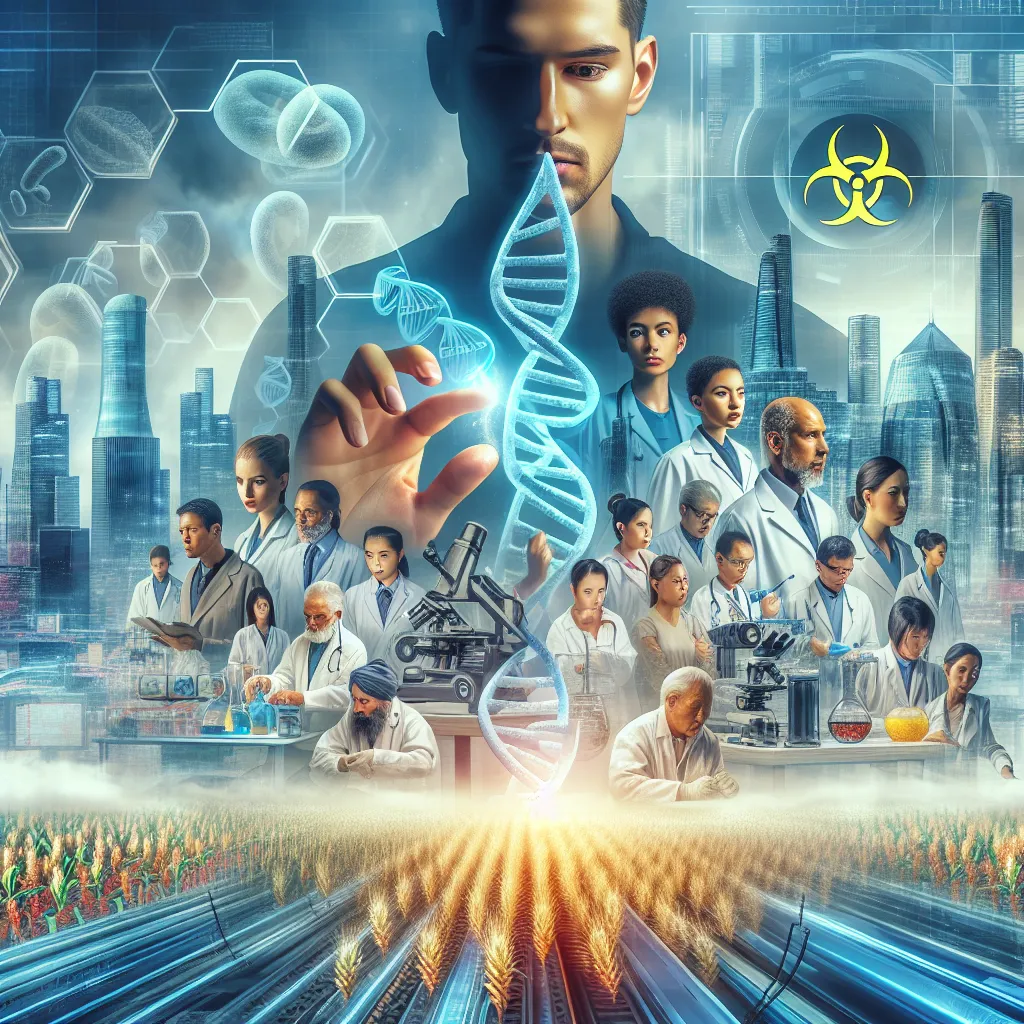Right now, you’re teetering on the brink between life and death. It might not feel that way, but inside you, there’s a whirlwind of activity that can never stop. Imagine yourself as a Slinky falling down an upward-moving escalator. The Slinky represents the self-replicating processes of your cells, while the escalator symbolizes the laws of physics driving you forward. Being alive means staying in motion, but never truly arriving anywhere. When the Slinky reaches the top, that’s the end of life. The universe seems to want you to reach that final destination, but how do you avoid it? And why are you alive?
All life begins with the cell. A cell is like a piece of the universe that decided to do its own thing. When this separation fails, the cell dies and rejoins the dead universe. The universe tends not to favor excitement and life, sticking to the principle of entropy, a fundamental rule that we’ll dive into another time. Living things, however, are naturally exciting. A cell is a bustling factory filled with millions of proteins and simpler molecules like water, all constantly at work to avoid entropy and death.
To keep functioning, a cell needs energy, the capacity to do work or create change. The energy in the universe is a fixed amount, and it’s just there for us to use. Billions of years ago, the first living cells had to find ways to get this energy, which came from simple chemical reactions. They discovered ATP, a uniquely efficient molecule for energy transfer.
ATP helps cells do everything from pumping out excess molecules to repairing damage. Even though we don’t know exactly when ATP first appeared, every living thing now relies on it. Without ATP, there would be no life on Earth. Originally, life’s energy came from chemical reactions, but it eventually took advantage of the Sun’s energy. Through photosynthesis, cells began converting sunlight into chemical energy stored in ATP and glucose.
Some cells decided it was easier to swallow other photosynthesizing cells to obtain glucose and ATP rather than making it themselves. This act of cellular merger was a big evolutionary turning point. One cell absorbed another without killing it, leading to a cooperative relationship that changed life on Earth.
This merger created the first mitochondria, the powerhouse of the cell. Mitochondria reverse the process of photosynthesis by breaking down sugar, combining it with oxygen, and making ATP. This internal arrangement allowed cells to save energy and evolve into more complex forms. Over time, these complex cells banded together to form multicellular organisms, leading ultimately to you.
Today, you consist of trillions of cells, each relying on these little powerhouses. You produce an astounding amount of ATP daily, roughly your own body weight, just to stay alive. This constant energy production is why you can’t store enough ATP to last more than a few minutes.
This journey through the history of ATP highlights how life has managed to keep going amidst the dead universe. Life is like a Slinky on an endless escalator, and as long as it keeps moving, it stays alive. Someday, you’ll merge back with the dead universe, but for now, you get to make it a lot more interesting.






